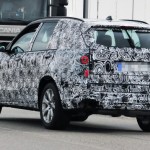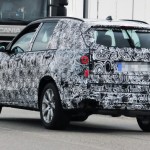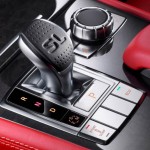Winter Driving Tips
The leading cause of death during winter storms is transportation accidents. Preparing your vehicle for the winter season and knowing how to react if stranded or lost on the road are the keys to safe winter driving.
Before Heading for Snow Country:
- Make sure your brakes, windshield wipers, defroster, heater and exhaust system are in top condition.
- Check your antifreeze and be ready for colder temperatures. You may want to add special solvent to your windshield washer reservoir to prevent icing.
- Check your tires. Make sure they are properly inflated and the tread is in good condition.
- Always carry chains. Make sure they are the proper size for your tires and are in working order. Carry a flashlight and chain repair links. Chains must be installed on the drive wheels. Make sure you know if your vehicle is front or rear wheel drive.
- Other suggested items to carry in your car are an ice scraper or commercial deicer, a broom for brushing snow off your car, a shovel to free your car if it’s “snowed in,” sand or burlap for traction if your wheels should become mired in snow; First Aid kit; and an old towel to clean your hands.
- It is also a good idea to take along water, food, warm blankets and extra clothing. A lengthy delay will make you glad you have them.
- Put an extra car key in your pocket. A number of motorists have locked themselves out of their cars when putting on chains and at ski areas.
- Allow enough time. Trips to the mountains can take longer during winter than other times of year, especially if you encounter storm conditions or icy roads. Get an early start and allow plenty of time to reach your destination.
- Keep your gas tank full. It may be necessary to change routes or turn back during a bad storm or you may be caught in a traffic delay.
- Keep windshield and windows clear. You may want to stop at a safe turnout to use a snow or, ice or scraper. Use the car defroster and a clean cloth to keep the windows free of fog.
- Slow down. A highway speed of 55 miles an hour may be safe in dry weather – but an invitation for trouble on snow and ice. Snow and ice make stopping distances much longer, so keep your seat belt buckled and leave more distance between your vehicle and the vehicle ahead. Bridge decks and shady spots can be icy when other areas are not. Remember to avoid sudden stops and quick direction changes.
- Be more observant. Visibility is often limited in winter by weather conditions. Slow down and watch for other vehicles and for snow equipment.
- Even though snow removal vehicles have flashing lights, visibility may be so restricted during a storm that it is difficult to see the slow moving equipment.
- When stalled, stay with your vehicle and try to conserve fuel while maintaining warmth. Be alert to any possible exhaust or monoxide problems.
Drive safely!












January 1, 2012 @ 11:59 am
Boy that rlelay helps me the heck out.